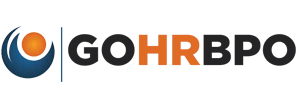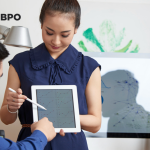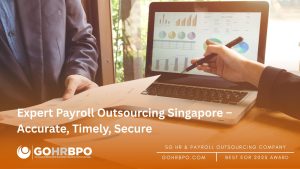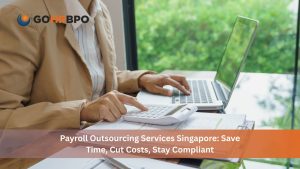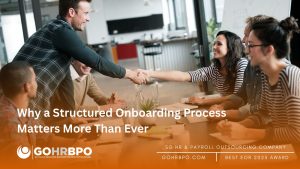Introduction
A few years ago, my friend started a new job and I remember how her entire first week was just about emails, and filling different forms with the same details. She told me how upset she was, and that it felt like that company was not ready for her.
Of course, I agree with her. If I were starting a new job today, I would expect instant access to everything, not a day of forms. If a company still sends 10 emails to new hires, they are behind.
But if we talk about present times in 2025, things are not the same. Onboarding has had a major blowup. HR teams can now work fast, and they can do it at scale with AI tools.
Using AI tools for onboarding is no longer a trend. It is here in the present and very much necessary. With that being said, around 68% of companies are already using AI in their onboarding. Because of this, new hires feel welcome, confident, and ready to do their job from day one.
What is AI-Powered Employee Onboarding?
AI onboarding is something that is going to be of great help to you and your team. It helps new hires get started quickly and easily. It can do all the regular work like filling out forms, setting up emails and accounts, giving the right training based on the job, or even answering questions at any time.
What makes it different from older systems is that it actually learns and responds. It can answer a new hire’s questions instantly, adjust training based on how they’re doing, and even pick up on signs that someone might be stuck or confused.
So with this, you get an experience that is accurate and tailored to each person. And that makes a huge difference in how supported and confident someone feels from the very start.
Also Read: Salary Slips: A Guide for New Employees
Top Benefits of AI in Onboarding
Automation of Admin Tasks
AI performs repetitive tasks that usually take hours, like sending forms, setting up user accounts, assigning laptops, and booking intro meetings. Things that used to take half a day now happen automatically in the background.
For instance, Hitachi, which has over 300,000 employees globally, started using AI to handle things like onboarding paperwork and IT provisioning. The result? They shaved 4 days off their onboarding time and cut HR’s manual work by 40%. That’s a big win.
24/7 Virtual Assistants
AI-powered chatbots work like an always-available onboarding buddy. New hires can ask anything like “How do I log into the HR portal?” or “Where’s the leave policy?” and get answers instantly, without waiting for someone from HR to reply.
Hitachi trained its internal AI assistant on company manuals and policies, so new hires could get answers anytime, even outside of office hours.
Personalized Onboarding Journeys
AI can make the onboarding personalised based on someone’s role, department, or even learning style. A software developer might get setup guides and Git access, while a sales rep is guided straight to pitch decks and CRM training.
Oracle Cloud HCM uses AI to build custom learning paths during onboarding. That way, new employees only get what’s relevant to them, which helps them get up to speed faster.
Real-Time Monitoring and Support
AI tools keep track of where each new hire is in the process. If someone misses a form or skips a training session, they get a friendly nudge. And if HR sees a lot of people dropping off at the same step? It’s flagged for improvement.
Companies using AI-based onboarding have reported saving up to 5 days per new hire, thanks to real-time tracking and automated follow-ups.
Tangible Gains for HR Teams
When AI handles the busywork, HR gets to focus on the important matters. On average, HR managers save over 14 hours a week with automation. That’s more time for mentoring, culture-building, or just not burning out.
Texans Credit Union streamlined new hire IT access using RPA (robotic process automation). What used to take 20 minutes now takes less than 1, meaning new hires walk in ready to go, no delays or waiting for login credentials.
Also Read: Step-by-Step Guide to Submitting Reimbursement Claims
AI Platforms Leading the Change
One platform I’ve found that’s really pushing things forward in this space is PeopleCentral. It’s a cloud-based HR system, and it’s built to make HR easier, especially when it comes to onboarding.
They have this AI assistant called ABBY that can answer new hire questions in real time, so no one’s left waiting for HR to reply. The whole document process is hands-free too, from sending out forms to handling approvals.
And then there’s something called AI Signal Watch, which basically keeps an eye on onboarding progress and lets HR know if anything’s falling behind or getting skipped.
It’s all designed to make onboarding smoother and more consistent, without creating extra work for the HR team. Over 1,000 businesses are already using it, and from what I’ve seen, it really helps teams bring people on board faster, with way less stress.
Conclusion
AI is helping companies onboard new employees faster, better, and in a more personal way. In 2025, smart tools can now handle forms, answer questions, and even give training based on each person’s role and pace.
This way, new employees feel more supported, they stay longer, and HR teams have more time to focus on helping people, not just managing paperwork.
